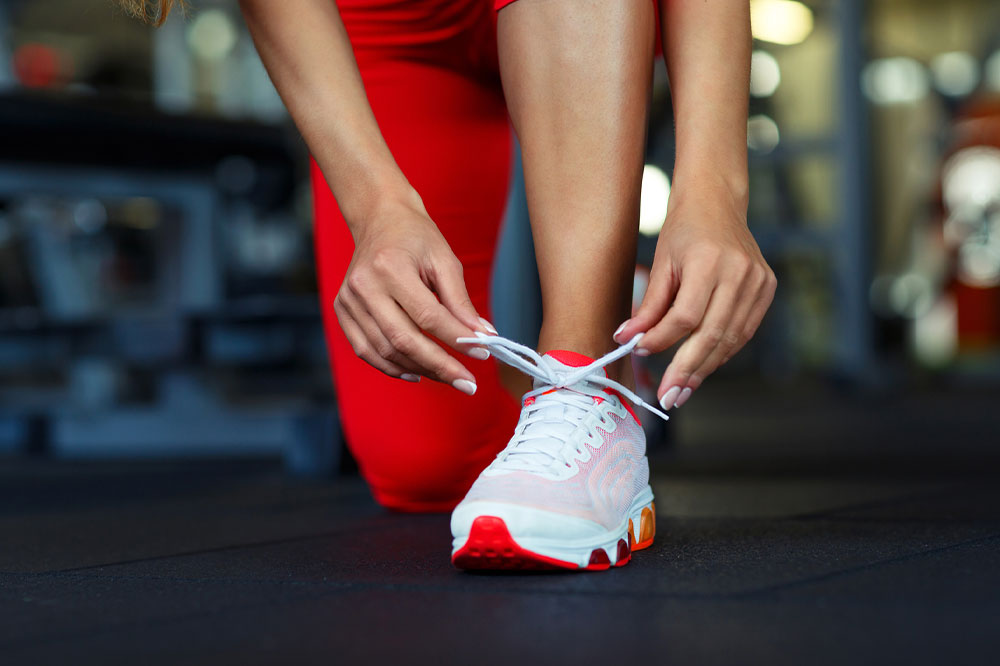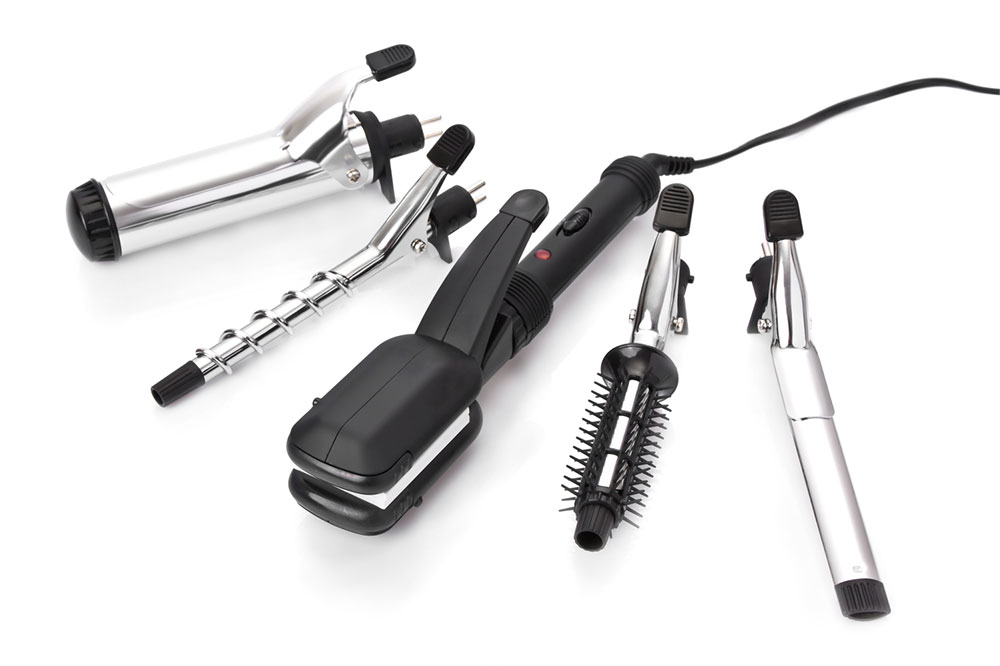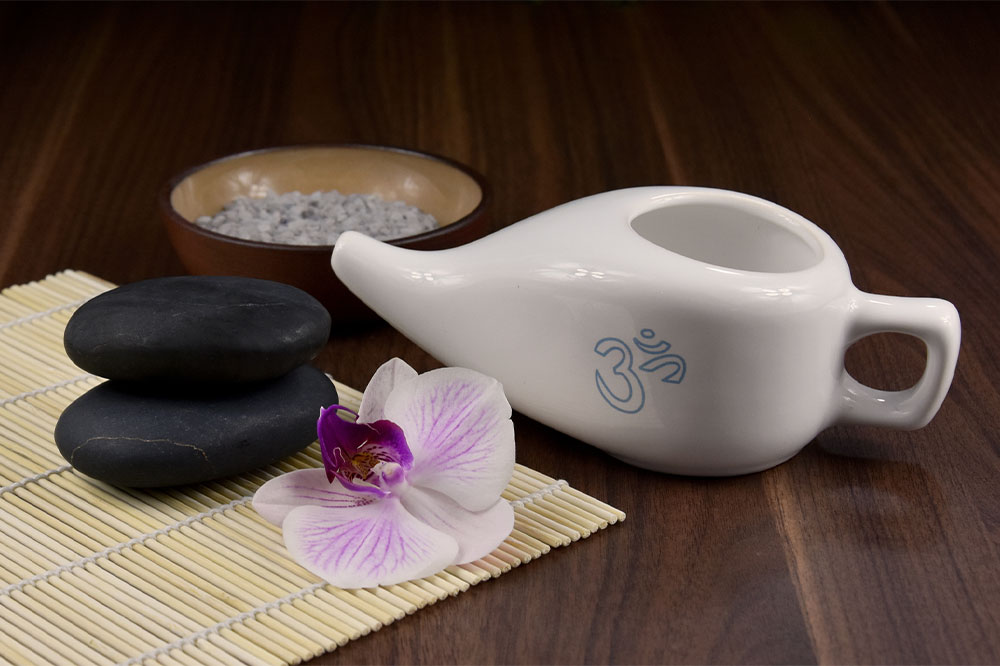12 early signs of COPD that demand attention

Chronic Obstructive Pulmonary Disease or COPD is a respiratory condition that can significantly impact the quality of life. While it is commonly associated with certain risk factors, such as exposure to environmental pollutants, COPD can also develop due to various other causes. Recognizing the early signs of COPD is crucial for timely intervention and improved outcomes. This article sheds light on these essential indicators to ensure individuals are well-informed and proactive about their respiratory health.
Understanding COPD
Before delving into the early signs of COPD, it is essential to understand what the condition is. It is a progressive lung disease that encompasses chronic bronchitis and emphysema. It is characterized by the narrowing of airways, hampering the flow of air in and out of the lungs. Over time, this results in difficulty breathing, reduced lung function, and diminished overall quality of life. Here are some early signs of COPD that should not be ignored.
- Persistent cough: One of the most common early signs of COPD is a persistent cough. The cough generally lasts weeks or even months.
- Shortness of breath: Also known as dyspnea, this is another early indicator of COPD. Individuals may find themselves becoming easily winded during routine activities that didn’t previously cause discomfort. Climbing stairs, walking short distances, or even talking can trigger breathlessness.
- Increased mucus production: Excessive mucus production is a common sign of COPD, and it often accompanies persistent cough. Individuals may notice an increase in the amount and thickness of mucus they cough up. This can be particularly bothersome in the morning.
- Wheezing: One may experience a high-pitched whistling sound that occurs when breathing. It is a result of narrowed airways and is a common early sign of COPD. Wheezing may be more noticeable during exhalation but can occur at any point during the breathing cycle.
- Chest tightness: Chest tightness or a feeling of pressure in the chest is another early symptom of COPD. It can be uncomfortable and may be cause a sensation of constriction in the chest area.
- Frequent respiratory infections: Individuals with COPD are more susceptible to respiratory infections. Frequent episodes of bronchitis or pneumonia, even if they seem relatively mild, can be early signs of COPD. These infections may become more frequent as the disease progresses.
- Decreased exercise tolerance: As COPD advances, individuals often experience a noticeable decrease in exercise tolerance. Activities that were once easily manageable become increasingly challenging. This can lead to a sedentary lifestyle, in turn, exacerbating the condition.
- Bluish nails or fingertips: In severe cases of COPD, individuals may exhibit cyanosis, a bluish discoloration of the lips or fingernails. This happens because of a lack of oxygen in the blood and is a critical sign that requires immediate medical attention.
- Difficulty sleeping: Many individuals with COPD experience difficulty sleeping, which can manifest as insomnia or frequent nighttime awakenings. This can further contribute to fatigue and a reduced quality of life.
- Chronic fatigue: Individuals with COPD often experience chronic fatigue, which can be debilitating. The struggle to breathe effectively consumes extra energy, leaving individuals feeling constantly tired and lacking in energy for daily activities.
- Increased heart rate: COPD can lead to an increased heart rate, even during minimal physical exertion or rest. This is the body’s response to the reduced oxygen supply and high carbon dioxide levels, which can strain the cardiovascular system.
- Frequent morning headaches: A recurring morning headache can be a result of inadequate oxygen levels during sleep, a common issue among those with COPD. These headaches may subside once an individual is upright and breathing more effectively during the day.
When to seek medical attention
Recognizing these early signs of COPD is crucial for prompt diagnosis and intervention. However, it is equally important to know when to seek medical evaluation. If one experiences a combination of these symptoms, especially if they persist or worsen over time, they must consult a healthcare professional.
A doctor can perform various tests to confirm a COPD diagnosis, such as spirometry and chest X-rays. Early diagnosis and management can significantly improve a person’s quality of life and slow the progression of the disease.
COPD is a progressive lung disease and any of the crucial indicators of the condition should not be ignored. Early diagnosis and management help reduce the progression of COPD.






